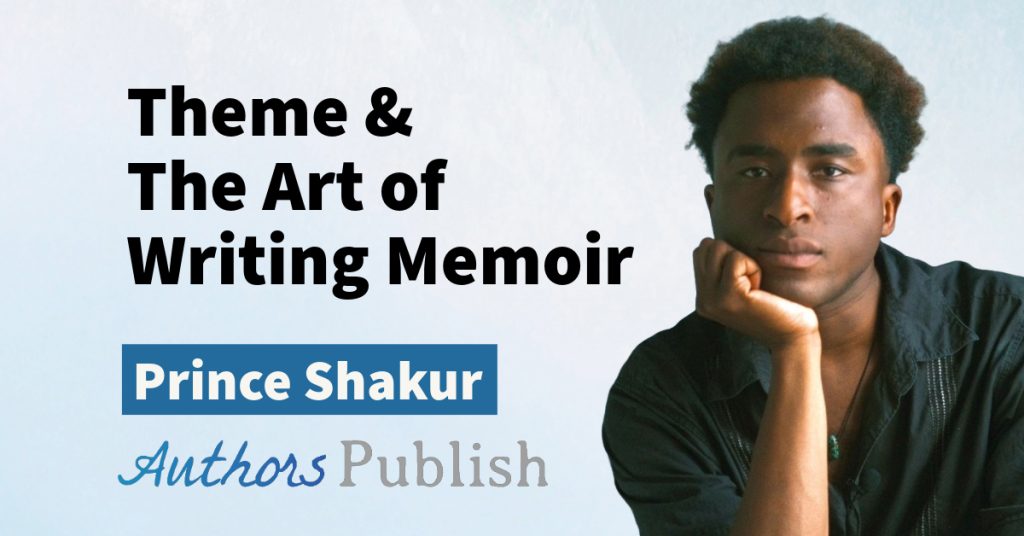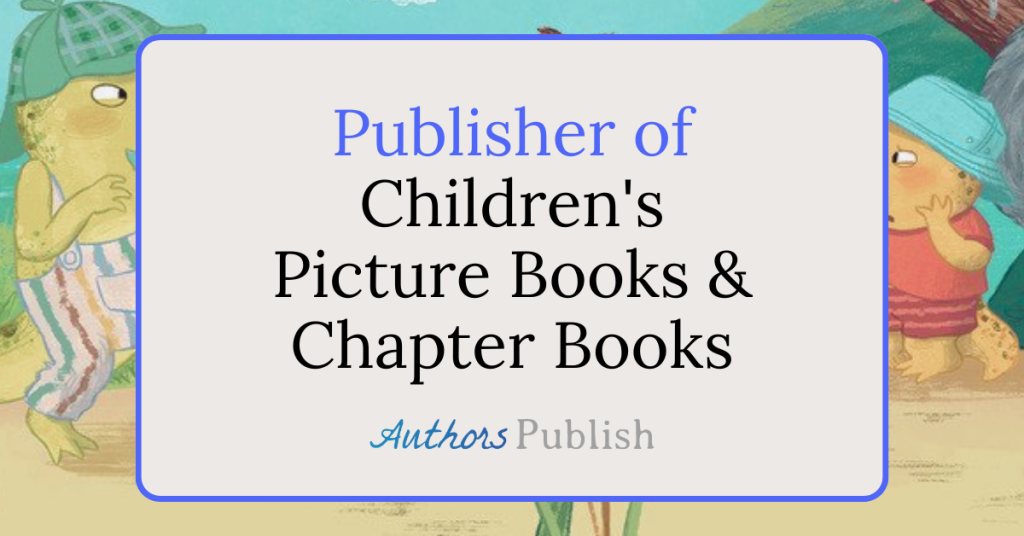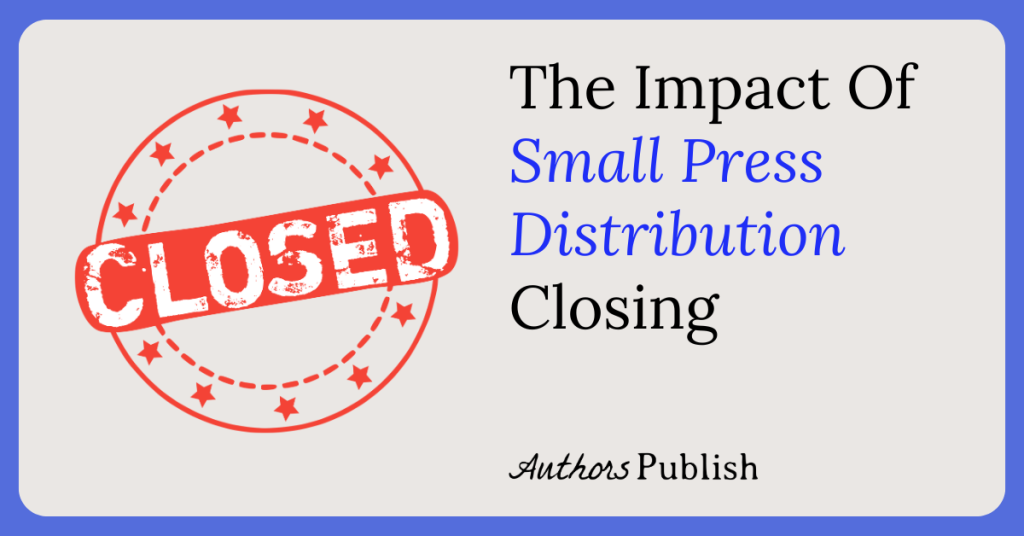Writers are constantly pressured to create fresh new stories for an ever demanding and critical market. Almost every theme, plot or storyline has been used and it is next to impossible to find one that’s waiting to be written into a best-selling book. Avoiding clichés, overused tropes, and exhausted stereotypes can be difficult but it is possible to create a plausible fresh story by simply thinking out of the box. A few examples of the most overused clichés, tropes and stereotypes editors and readers have seen enough of are listed below.
Clichés
Cliché’s are phrases or expressions that have been used well past the sell-by date. In fiction, clichés refers to characters or story elements that readers can spot (and avoid) a mile away.
Fictional, single parent characters tend to live with their Mom if the characters are male and a Dad if the characters are female. Bella Swan in Twilight was living with her Dad when she met Edward Cullen.
One way of avoiding a cliché is to experiment with modern examples of families such as mixed-race families. Sci-fi, fantasy, paranormal and magic-themed stories offer writers far more opportunities to create different families that enthrals readers. It doesn’t matter if the father in the story is vampire or the mother a werewolf – the key to making it work is to write in realistic problems that people face in the everyday world such as the stigma of two very different characters getting together and trying to make it work in an original world.
Overused Tropes
Tropes are storylines or themes within the story that make a story predictable. The last thing any writer wants is for a reader to put down the book after reading only a few pages because they feel cheated. Examples of common tropes are the damsel in distress or, a catch 24 situation passed off as a dream.
One way of avoiding tropes is to throw realistic characters in “worst case scenarios”. The hero in a story, for example, isn’t immune to emotion or physical pain. Allow him to experience pain, anger and, rage. Let bullets injure him and leave scars on his handsome face – it will add to his uniqueness. Fiction is a form of entertainment – leave readers gasping as they turn page after page rooting for the hero to win.
Stereotypes
Stereotypes are used to categorise certain groups of people according to generalizations, personal opinion and are not necessarily based on fact. Popular examples of stereotypes include the drunken Irishman, meditating Buddhists, “chosen” characters with secret powers, and, heroes falling in love with a rude, bossy heroine at first sight.
Readers prefer likeable characters they can relate to and root for. Characters should have full backgrounds that includes flaws, secrets, certain insecurities as well as strengths. Genres such as paranormal and fantasy allows writers to use their imaginations to the fullest and create marvellous new creatures that readers have never heard of with extraordinary problems. Contemporary fiction also allows writers to introduce characters who push the boundaries in their careers e.g. a policeman with a degree in chemistry who uses his knowledge to solve his crimes.
Tips on Creating Fresh, Original Fiction
Despite the clichés, overused tropes and, stereotypes it is still possible to create unique stories by following some of the guidelines that are listed below:
Build a Better Backstory
All characters have pasts. They’ve done things they’re ashamed off, kissed someone they shouldn’t have or, stolen something. Some may have even murdered someone. Writers are encouraged to weave backgrounds that shape characters. Backstories may also provide characters with defining moments that determines their desires and sets the pace for the story.
Combine Cliché’s
While avoiding clichés is a golden rule, combining them isn’t. Author Suzanne Collins revealed that she developed the idea for her bestselling “Hunger Games” series while channel hopping and came across people competing for prize money on one show and people fighting a real war on another channel. This resulted in her famous “fight to the death” plot. When combining clichés ensure that the story does not follow a predictable conclusion.
Know, Identify and, Avoid the Basic Story Plots
A few of the most common basic story plots are:
- Rags to riches,
- The chosen one who must defeat a monster / bad guy,
- A character must set out on an important quest,
- A character has to choose between love and their career,
- The hero experiences a life-changing tragedy.
Avoid falling into the basic story plot writing trap by developing an original and unique world. A popular example is Hogwarts from the Harry Potter series. Although Harry is a “Chosen One”, the cliché is balanced by the fresh, new world the author created.
Understanding the various clichés, tropes and stereotypes is a good way for writers to identify elements in their stories don’t quite work. It is also an excellent way to discover what clichés and tropes can be combined to produce wondrous, new worlds with intricate and exciting plots that will readers throughout the world.






